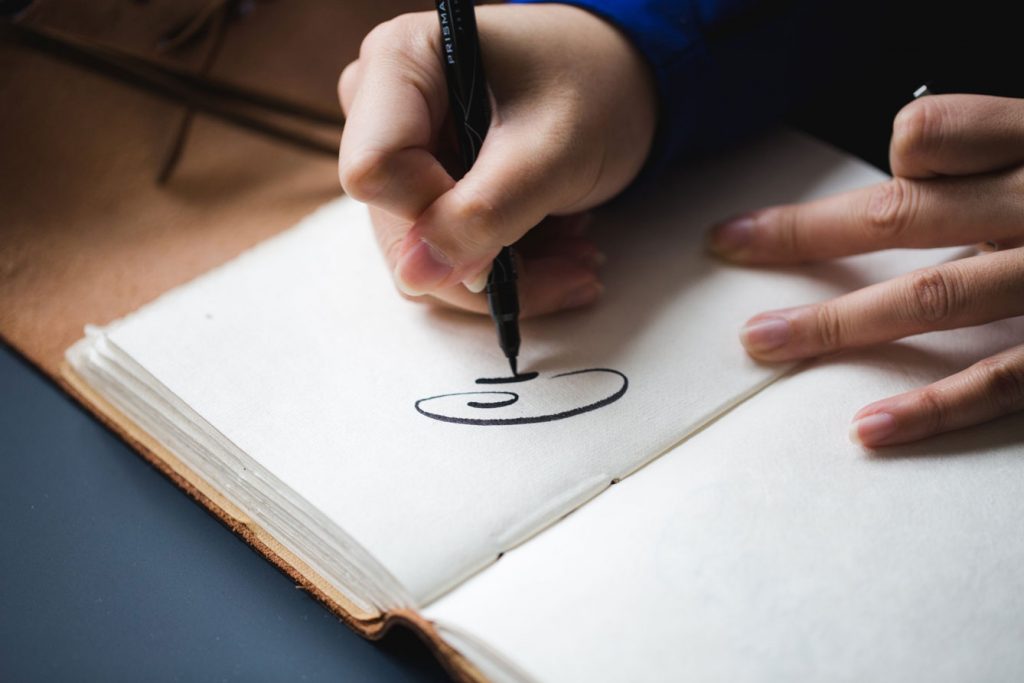Love Arabic calligraphy art but can’t read or understand Arabic? Then, perhaps you can go for Urdu calligraphy paintings wherein the wise words of legendary Urdu poets such as Mirza Ghalib, Allama Iqbal, FiraaqGorakhpuri, JoshMalihabadi, and Juan Elia are written in the beautiful art of calligraphy.
For centuries, Urdu poetry has captivated the imagination of listeners and readers alike. Their pearls of wisdom made way from books to mushaira baithaksand radio shows. In this manner, their poems reached the people at large.
In the current era, the subtle poetry of Urdu poets is shared largely on social media. But the images that form the visual background of their poems don’t befit them. The wallpapers are tacky and loud, unworthy of being the background of the poets’wise words.
Instead, the art of calligraphy should be used to give them the visual treatment they deserve. So, if you want to add a dash of wisdom and philosophy to your interiors, Urdu calligraphy paintings would serve well the purpose.
The couplets are is generally written or painted in Nastaliq, a font that evolved in the 15th century Iran following the Arab conquest. In the Nast’aliq font, letters slope from right to left, thus rendering the words an overall ‘hanging’ or ‘ta’liq’ appearance. The font was initially meant to transcribe the Arabic script but with time it came to be used to write Farsi, Urdu, Punjabi, Kashmiri, and Pashto. Nastaliq font was also used to pen court papers.
It forms the standard basis of writing Urdu. As the Persian script of Urdu comes from the Arabic script, Urdu poetry can also be written in calligraphic fonts that are chiefly applied in writing Arabic like Diwani, Tughra, and Thuluth. But since Urdu has always been written in Nastaliq and we are accustomed to reading it in that font, it looks the best in it only.
Nastaliq is suitable for writing Urdu as it is less elaborate and takes up less area than other writing fonts. One can write a full Urdu poem on a small sheet of paper and stick it on their walls.
Can calligraphy of Urdu Shayari be included within the larger realm of Islamic calligraphy art? If the content is non-religious, there is no reason why it should be included in Islamic calligraphy which draws inspiration from Islam. On the contrary, Urdu poems may even be blasphemous at times.
But if Urdu Shayari is influenced by the teachings of Islam, then it can be included in Islamic calligraphy. Significantly, only twenty percent of Muslims are Arabic speakers. Which explains why now English translations of Ayats from the Quran or narrations from the Hadith are displayed in calligraphic styles too.
On the other hand, Arabic calligraphy art also includes Arabic poems not religious in nature. Just like Urdu calligraphy paintings which may not be religious in nature. So, calligraphy in both languages may be inspired by religion or not. Go for the subject you are looking for as well as the calligraphic style.
